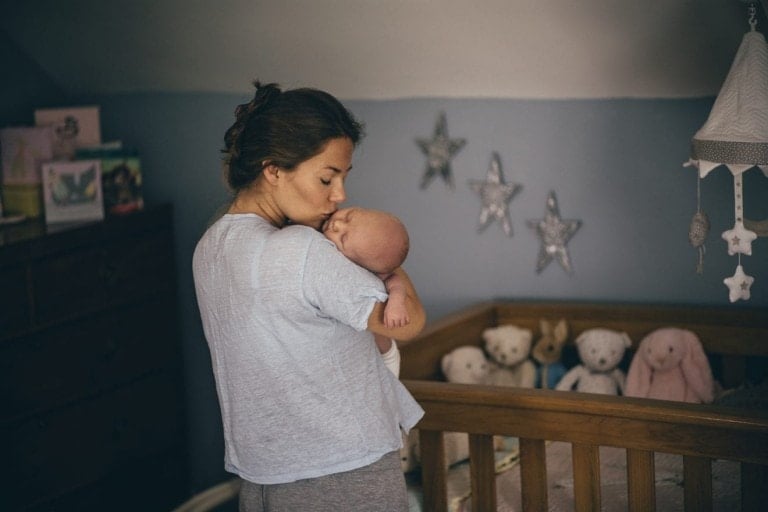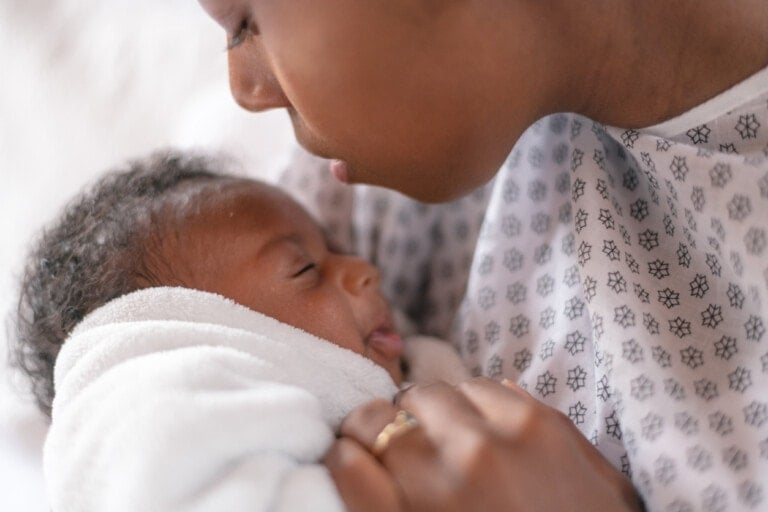Now that I’m getting much closer to my due date, I’m not just thinking about how to prepare for labor and delivery, I’m thinking about what life is going to be like with our newborn. I know that our lives will immediately change forever. There’s no doubt about that. And I already know that sleep is going to be sparse. And rough. *Bye bye, eight hours of sleep.* However, I also know that there are things that I can do to better prepare myself–and my baby–for getting more sleep.
This month’s Product of the Month is Bestaroo pajamas and it’s what got me thinking about baby’s sleep. Getting my son’s Bestaroo pajamas washed and ready in his room for his arrival has inspired me to start preparing for a better night’s sleep. (And if you haven’t seen or felt their delicious pjs, you are totally missing out.) A lot of parents don’t start thinking of these things though until after the baby is born . . . when you really don’t have the time to read and mentally prepare. That’s why I started reading some sleep books to help refresh my memory as well as talk to some of my experienced mommy friends. Here are 6 things that I learned while studying how to have a better night’s sleep with baby. I hope they help you too!
1. Encourage the Child to Learn Self-Soothing Skills
One of the books that I was reviewing was Healthy Sleep Habits, Happy Child by Marc Weissbluth. I really like that in his book he cites a lot of different studies, research and the science behind his advice. It’s not just opinion based, which I’m sure you will receive a lot of opinions when approaching the sleep topic.
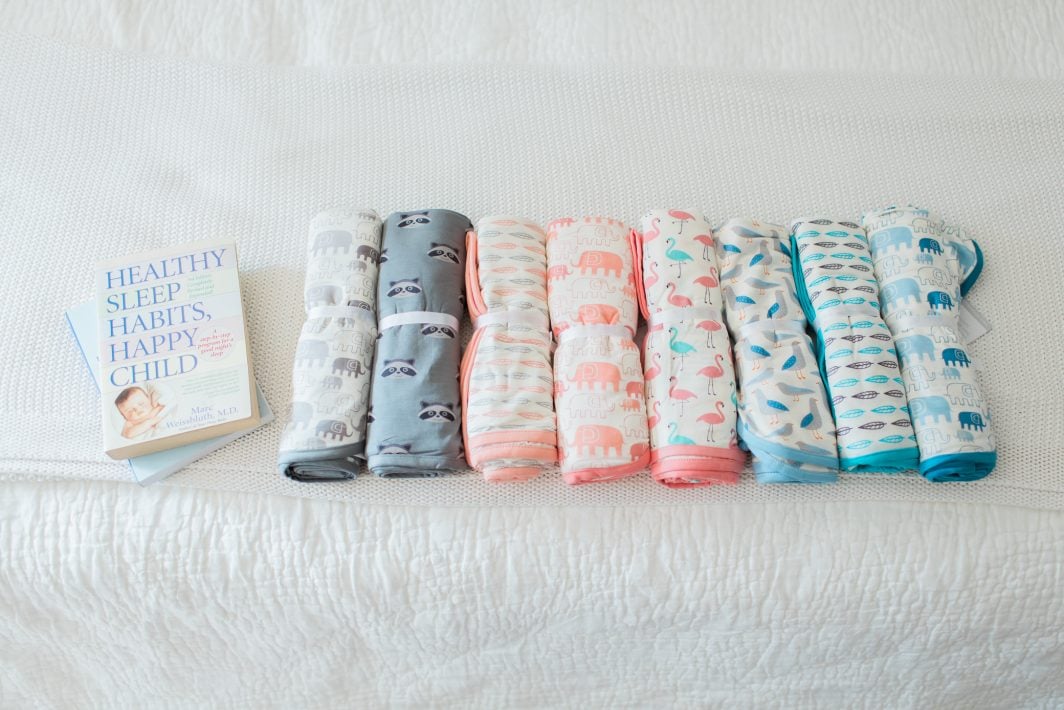
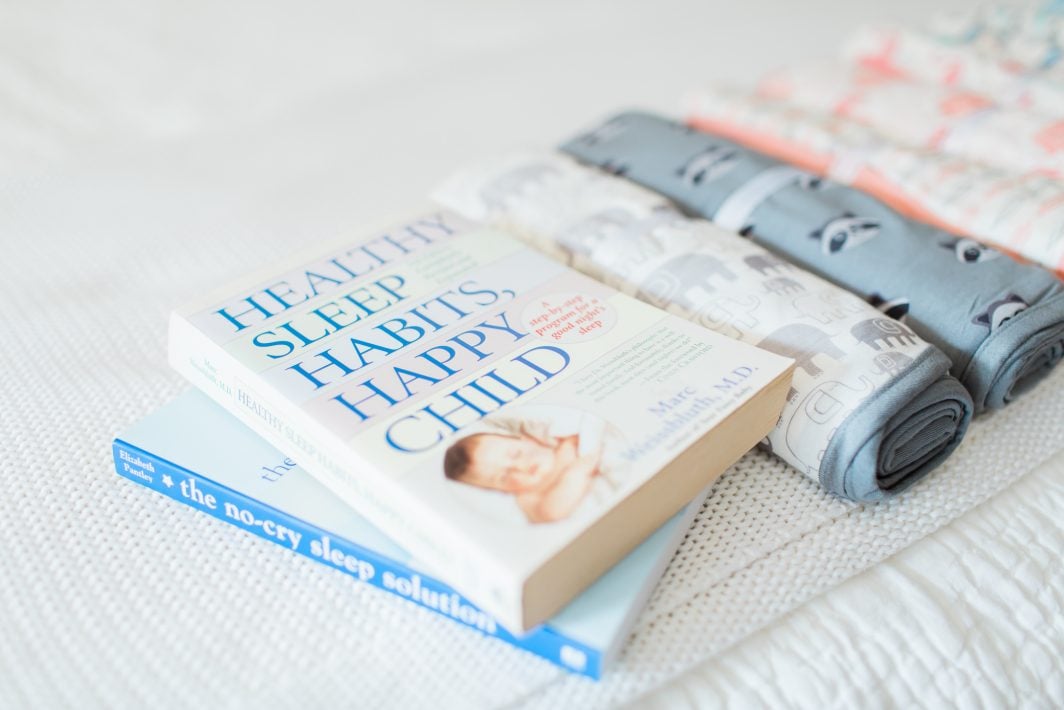
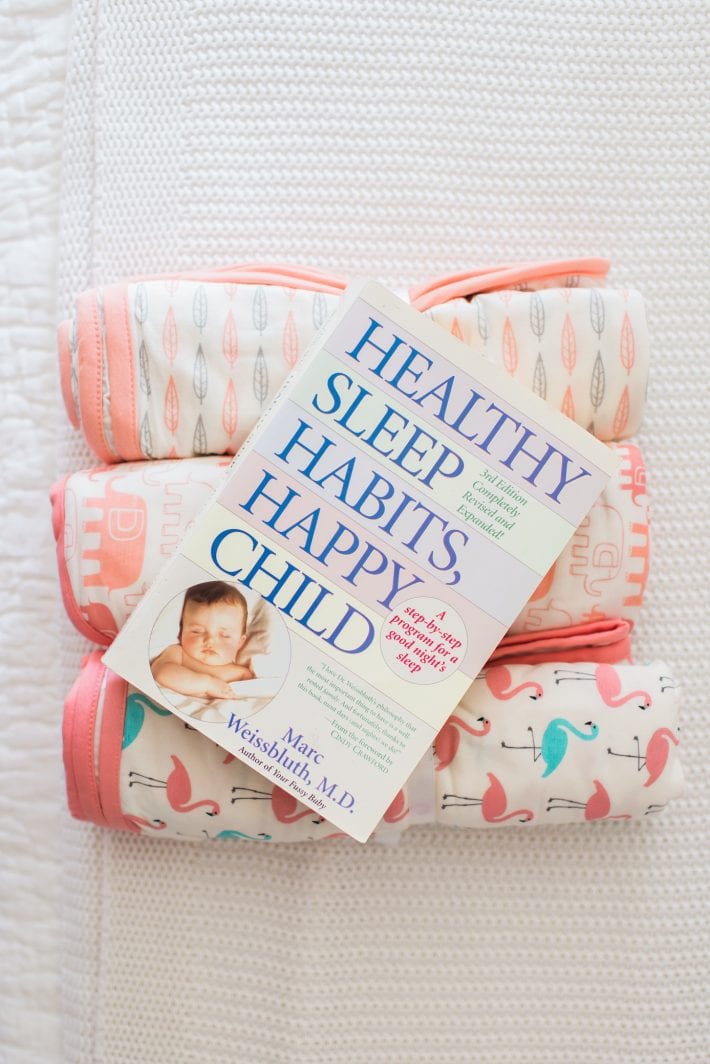
Dr. Weissbluth says that it’s important to start encouraging our babies from day one to learn self-soothing skills. What that means is, he recommends parents putting our children down while they are drowsy but awake, and keep the intervals of wakefulness brief–we don’t want our babies to become overtired. That means we need to be offering them many naps throughout the day. The reason for that is if the child becomes overtired it interferes with his or her ability to learn self-soothing skills. This is why I’m getting as many cozy and comfy pajamas from Bestaroo now so my son will be sleeping comfortably.
Now when I say encouraging babies to learn self-soothing techniques from day one, I’m not saying that’s right for every baby. Obviously not all babies are the same and some require more attention than others. For babies with higher needs, it is recommended to start working towards self-soothing skills at six weeks of age starting from the child’s due date.
Sleep problems rarely solve themselves. Children do not “grow out” of their sleep issues without assistance. A parent must take positive action.
2. Recognize the Signs of Fatigue
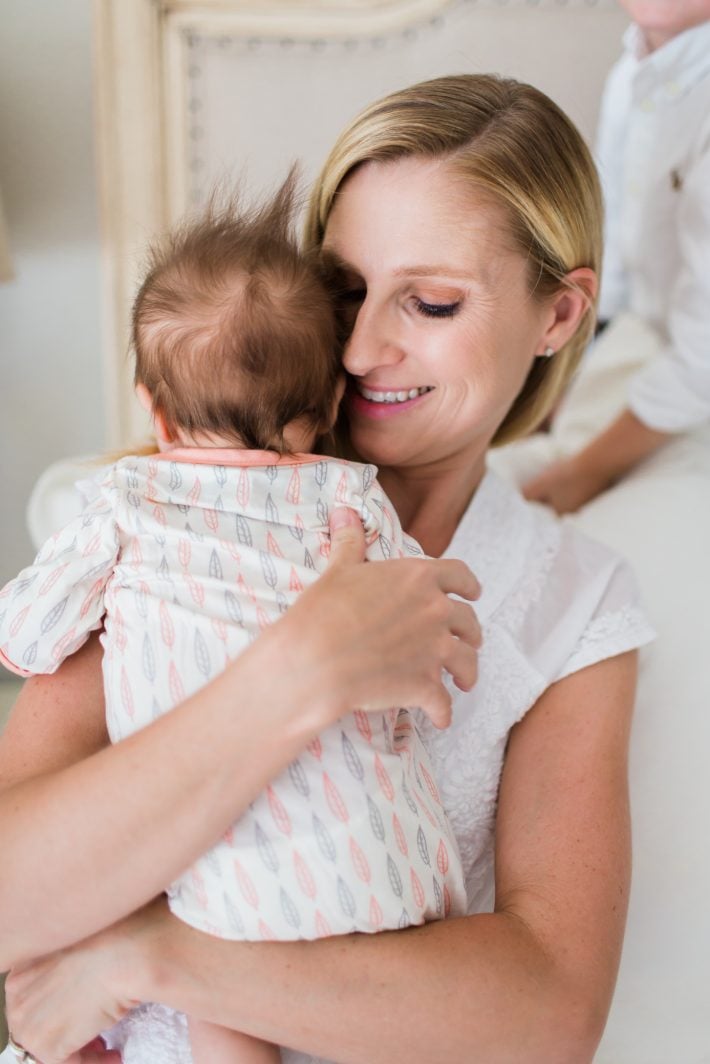


I’ve read and have been told again and again that parents and caretakers need to look for and recognize the subtle and early signs of fatigue. Why is that? It’s because it’s recommended that we put our children down for naps or bedtime before they become overtired. The signs of drowsiness that we need to be on the look out for are:
- Less engagement: the baby might be less socially engaged in their environment and less smiley
- Decreased movement: the baby’s body movements might slow down
- Less focused: he or she might be less focused on mom or dad; instead it may seem like an empty stare–less of a sparkle/twinkle in their eyes
The later signs of being tired are:
- rubbing of the eyes
- yawning
- glassy eyes or red eyes
- droopy eyelids
By waiting for these signs it will make it much more difficult for a baby to self-soothe because baby is getting closer to being overtired. Here are the signs of being overtired:
- being fussy
- slightly irritable
- crying
This means baby has passed from being tired to overtired. So learn about your baby’s’ cues through observation and act on those observations he or she becomes overtired.
3. Understand the Phases of Sleep for Babies


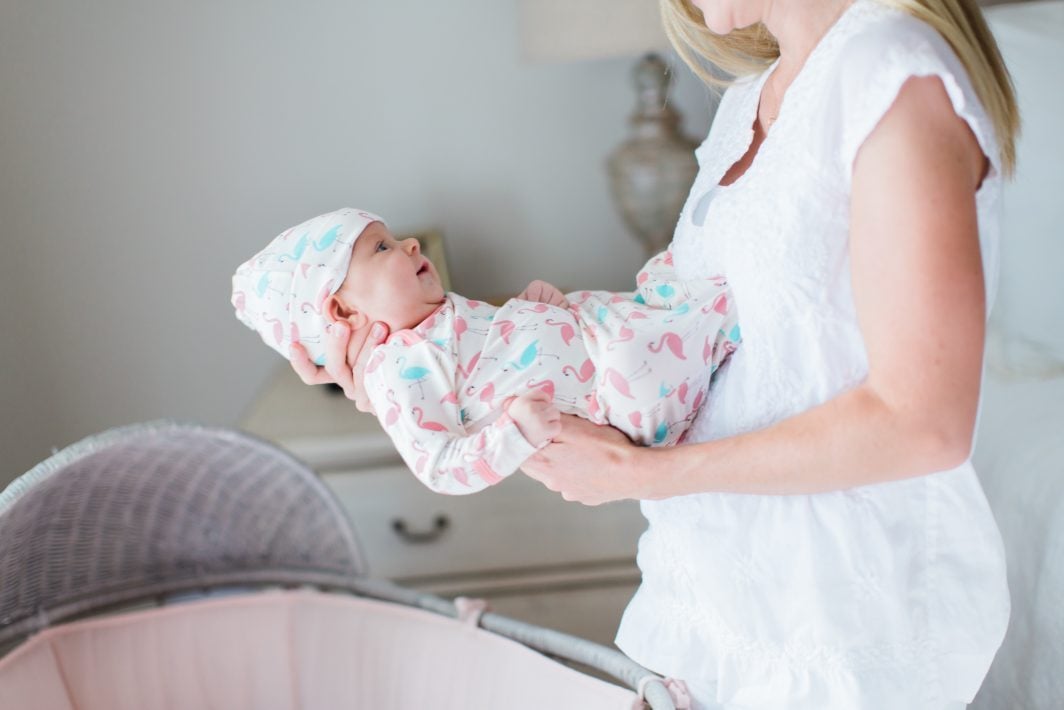
The more that we understand what our little one’s’ bodies are going through and the milestones they are hitting the better we can provide them with the sleep that they need.
Newborn to 6 Weeks:
- In the beginning, the parent is more or less following the child’s lead.
- An infant’s “awake and alert” times are usually around 2 hours. Parents should look for cues of drowsiness and help soothe baby to sleep around the two hour mark. Do not wait until after.
- At 6 weeks (46 weeks from conception), the baby’s brain matures. This can cause some crankiness and a bit of a hiccup in their sleep patter, but it will improve shortly after.
6 Weeks to 5 Months:
- At 6 weeks to 8 weeks, their night and day rhythms should be forming. Baby’s night sleep develops. This requires earlier bedtimes and leads to a longer night’s sleep.
- NOTE: These babies are too young for “CIO” (cry it out.) Respond to their cries.
- Baby will need three naps during the day, and an early bedtime.
- Naps are brief–about an hour long. Parents should plan activities around nap times.
- At 3-4 months of age, naps begin to become more regular:
- One in the mid-morning (between 9am and 11am)
- One at midday (12pm to 2pm, and preferably before 3pm)
- And one in the afternoon (between 4pm and 5pm)
- If it is much later, it may easily interfere with night sleep especially as the child gets older.
- These are not exact times. These are suggestions.
6 Months to 12 Months:
If sleep is still a struggle, this is the time to work on getting baby on a good sleep schedule. Sleep consultants don’t recommend sleep training until this time.
- At 6-9 months of age, naps get longer. The mid-morning nap and the midday nap is 1-2 hours.
- At least two naps are needed.
- At 9 months, the third nap usually disappears–if there is a third nap.
- According to Dr. Weissbluth, bedtime should be between 7pm and 8pm, maybe even a little earlier.
- Night time sleep should easily be 12 hours.
- Until at least 9 months of age, a baby may want to eat a couple of times during the night: usually around 10pm and 5am. It is recommended to try and resist the 2am feeding since this probably isn’t really hunger, and you don’t want it to become a habit.
- Do not to assume that every waking is due to hunger.
- When feeding at night, keep the interactions and engagement to an absolute minimum. Resist turning on lights, talking talk to your baby, singing, etc.
12 Months to 24 Months:
- Typically by 15 months, the morning nap disappears–occurs sometime after the first birthday.
- The second, afternoon nap is still very important.
- Bedtime should still be 7pm or before.
4. How You Get Your Baby to Sleep is Up to You

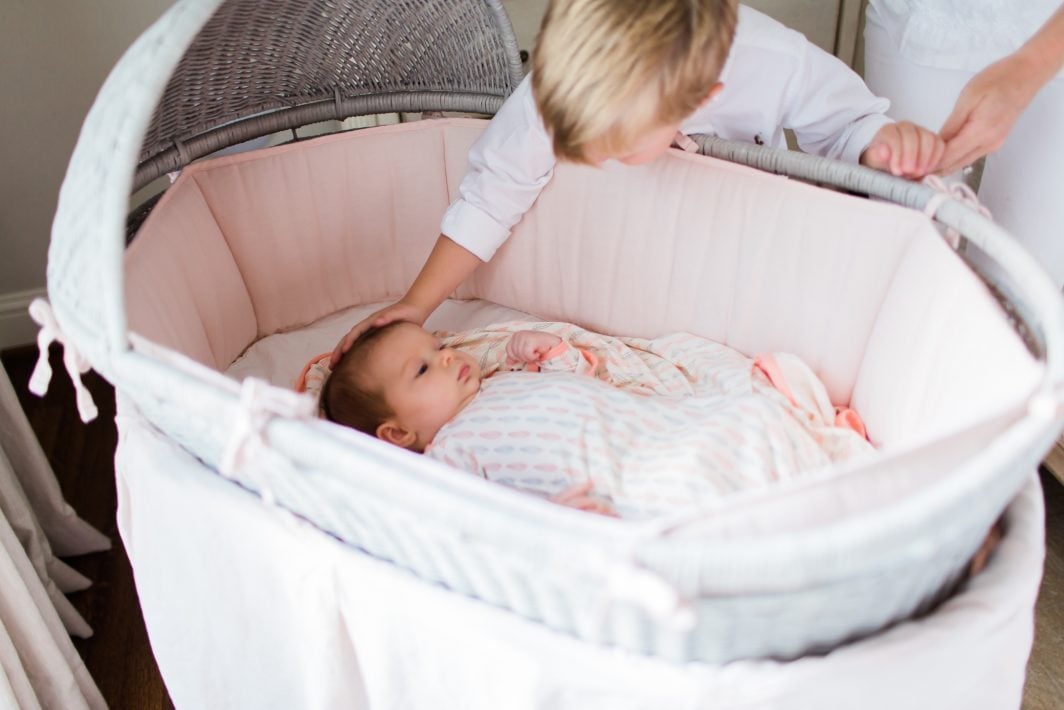
There aren’t many “wrong ways” to get your baby to sleep–even if you need to use a swing or take a car ride. Do what you gotta do! (We just recommend turning the swing off after baby falls asleep to get some healthy sleep.) Nursing a baby to sleep is perfectly fine. Sharing a family bed is also fine as long as it’s not a back and forth situation from their crib or bed to yours.
NOTE: I’ve been warned over and over again that the rule of “never wake a sleeping baby” is legitimate and is almost never to be broken. The only times you should consider waking a sleeping baby is when you are trying to adjust that baby to a healthier sleep schedule–for instance, if an extra long afternoon nap will interfere with bedtime.
5. Identify Your Baby’s Specific Struggles
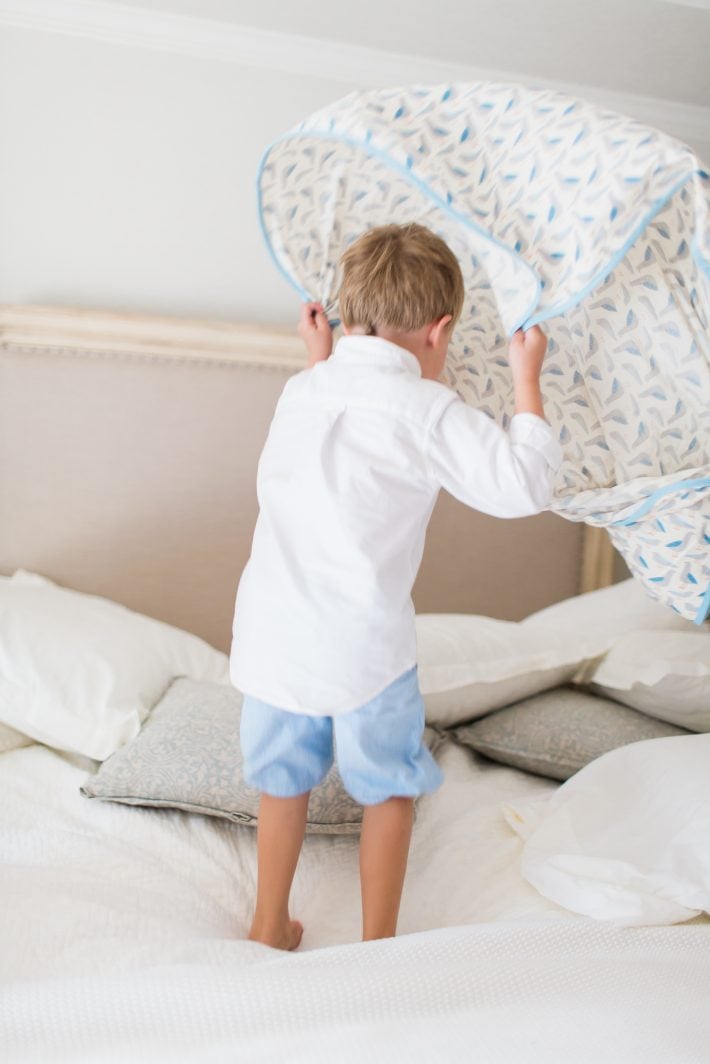
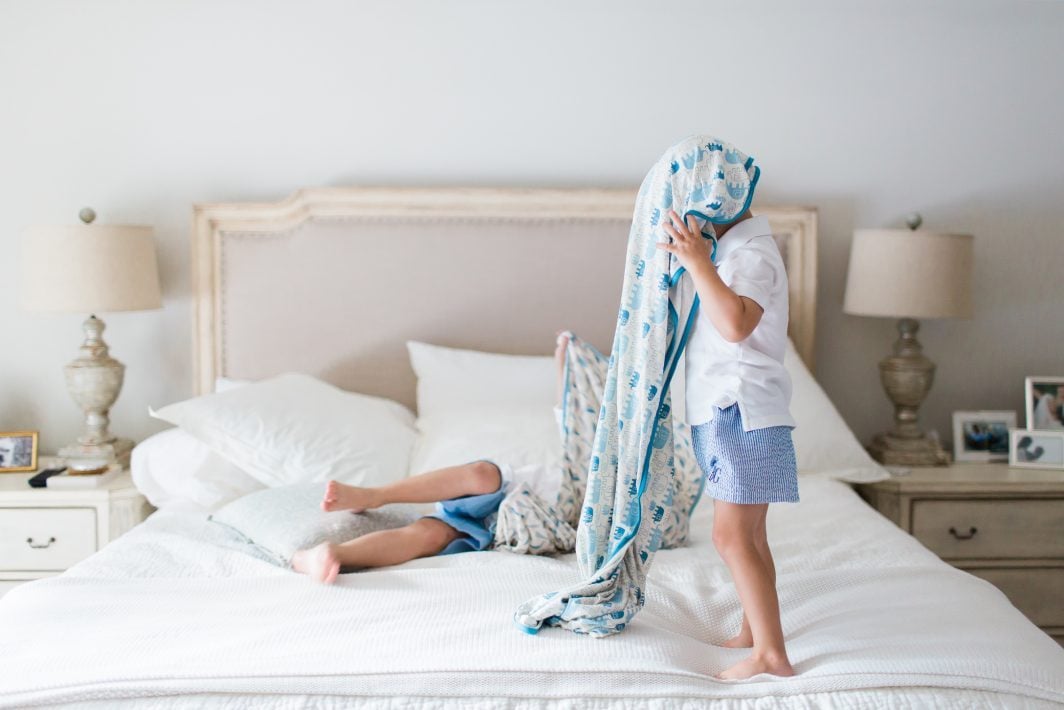
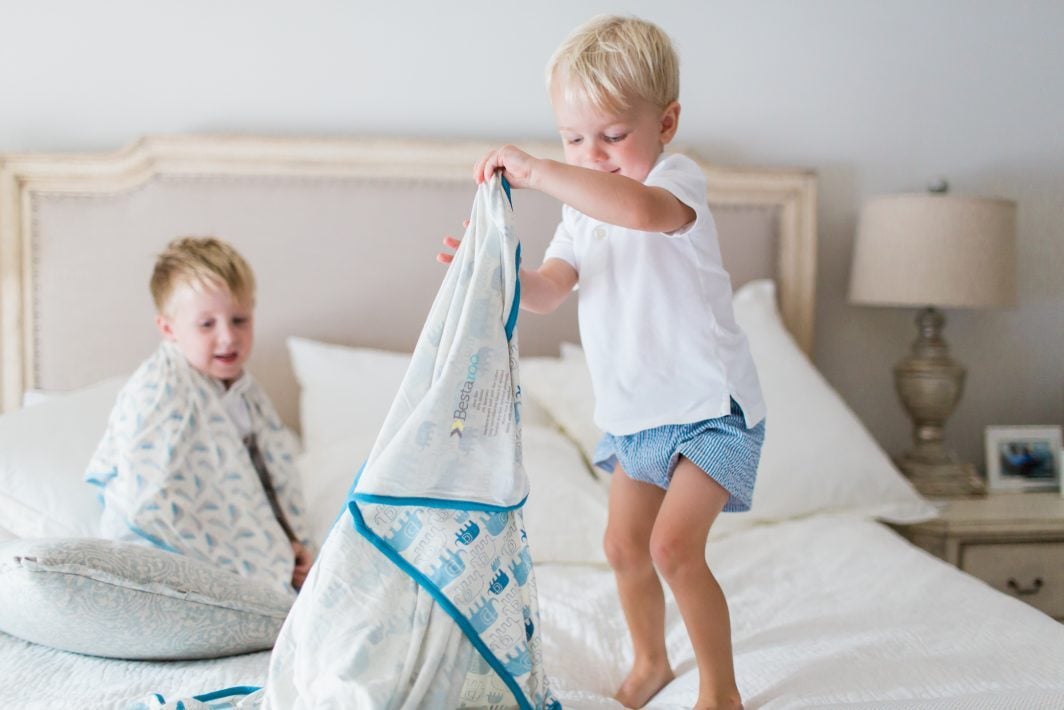
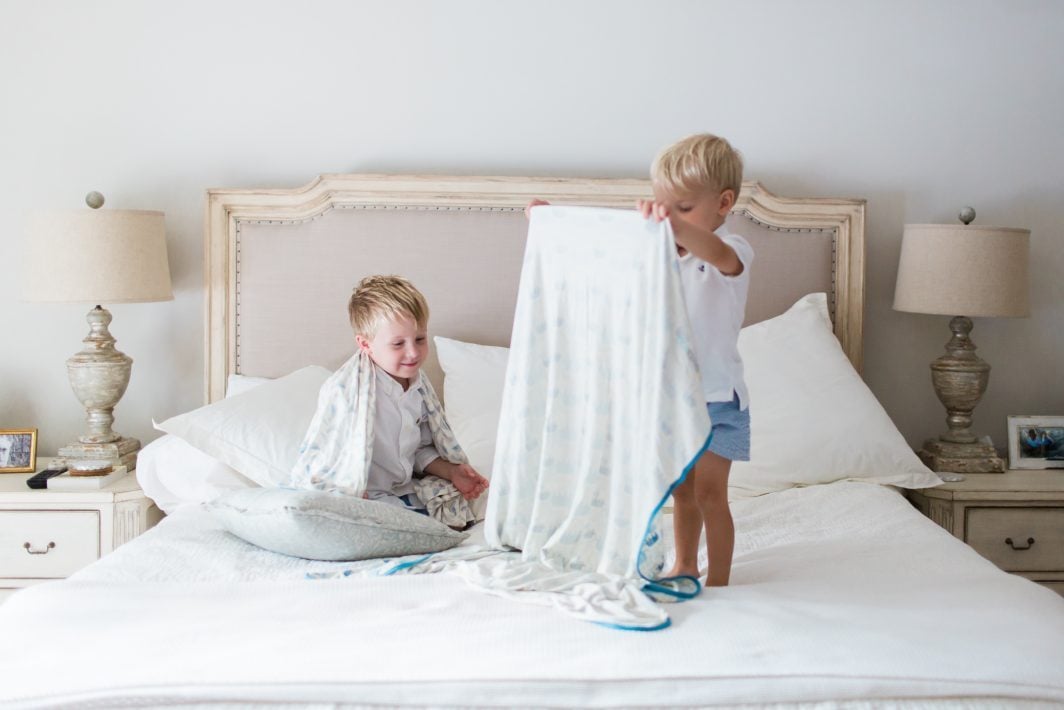
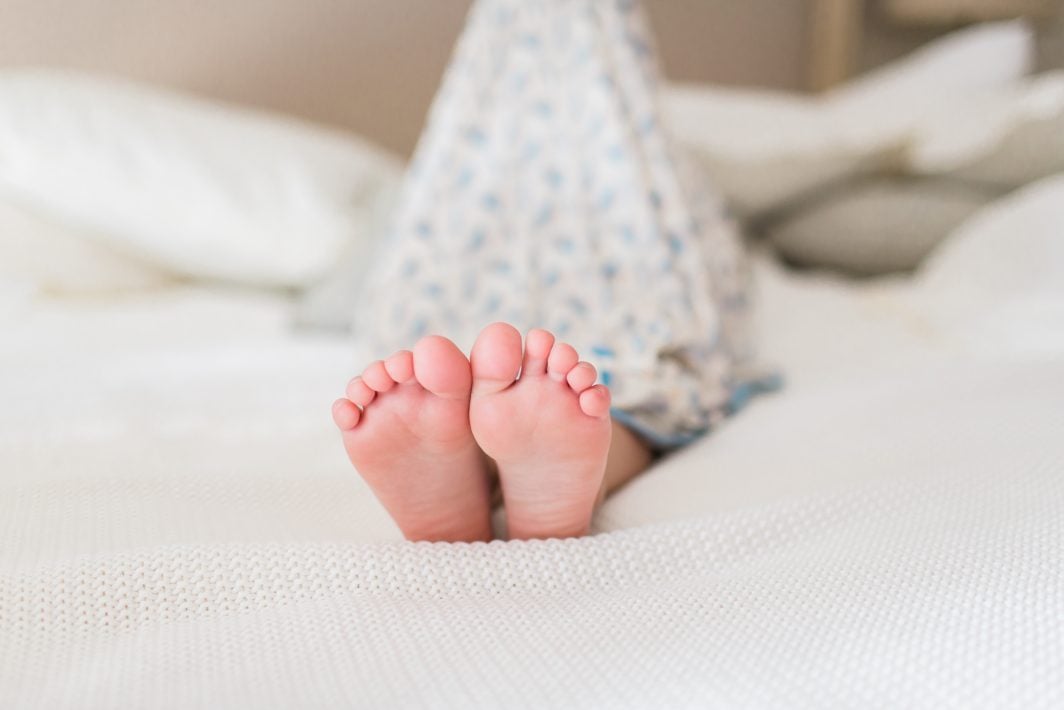
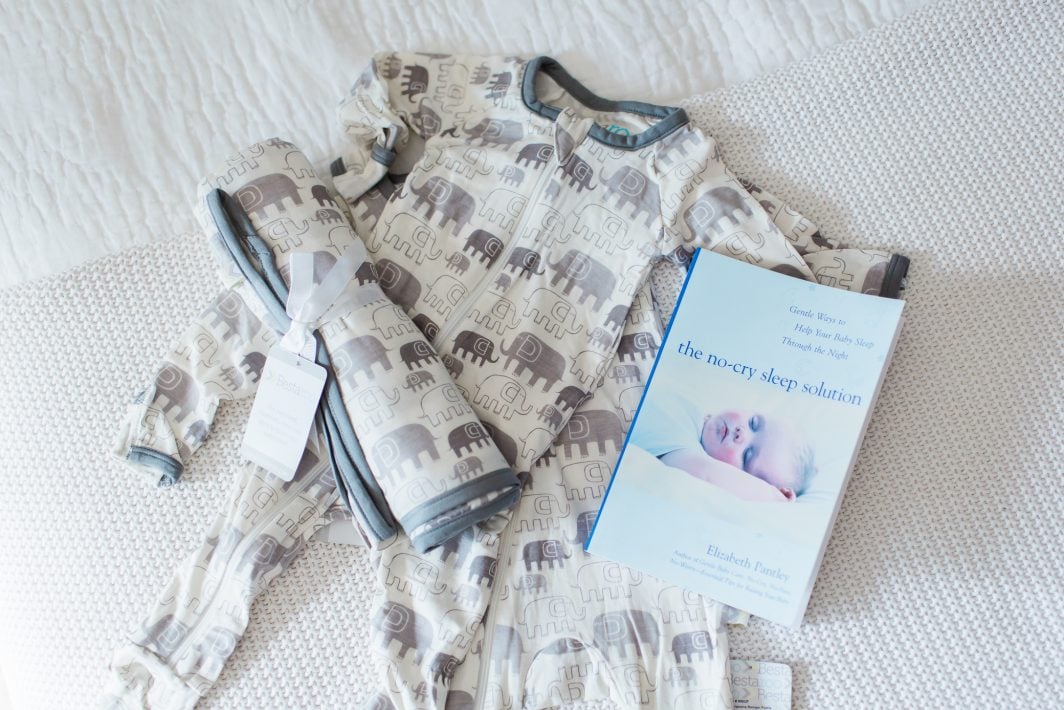
Another book that I read to gather more sleep tips was Elizabeth Pantley’s book The No-Cry Sleep Solution. The premise behind her method is to identify your baby’s specific struggles when it comes to sleeping through the night and handling them first. Is your baby used to nursing until he or she falls asleep? Do they not like being alone at night? She addresses different potential issues that your baby might be struggling with and ways that you can help them overcome them. I found this really helpful.
6. Create a Routine
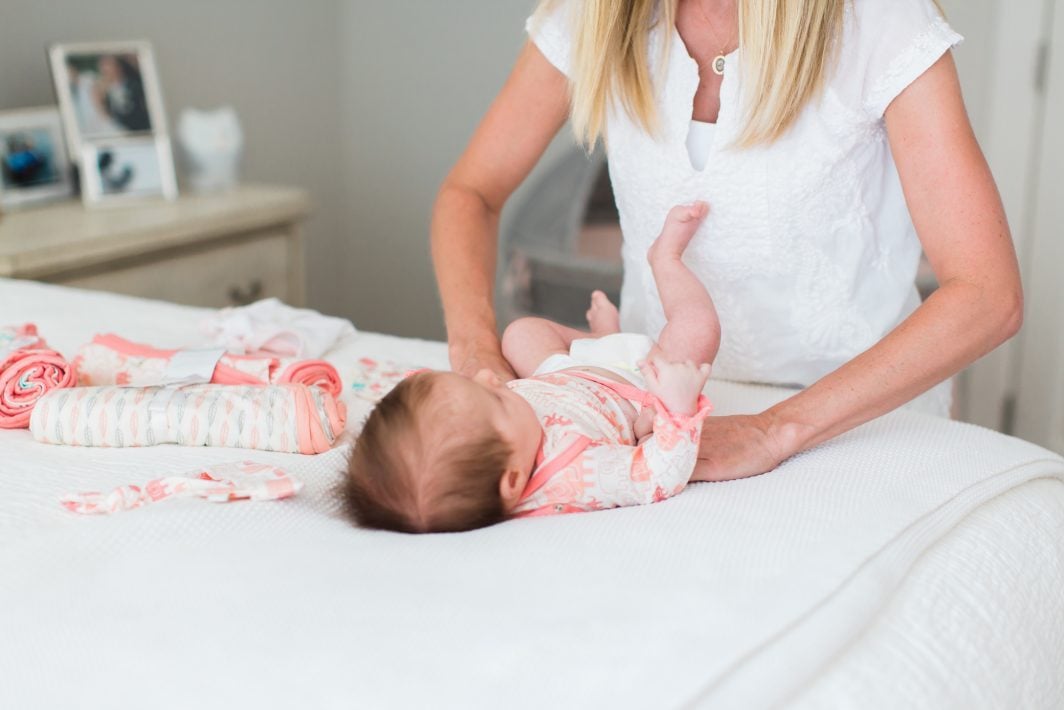

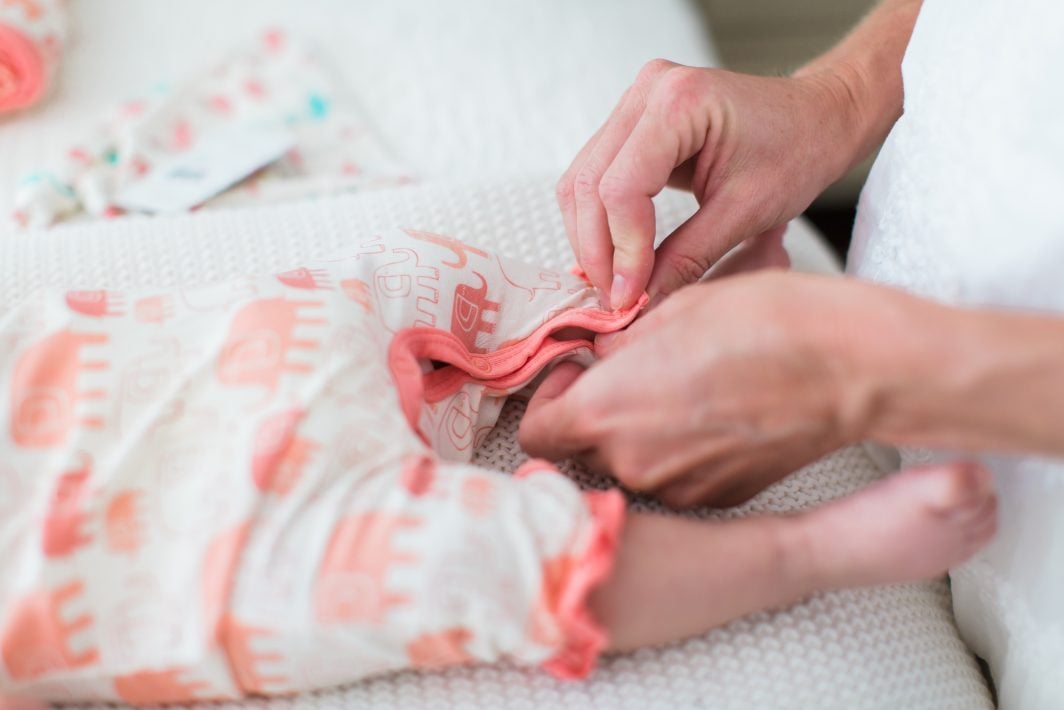
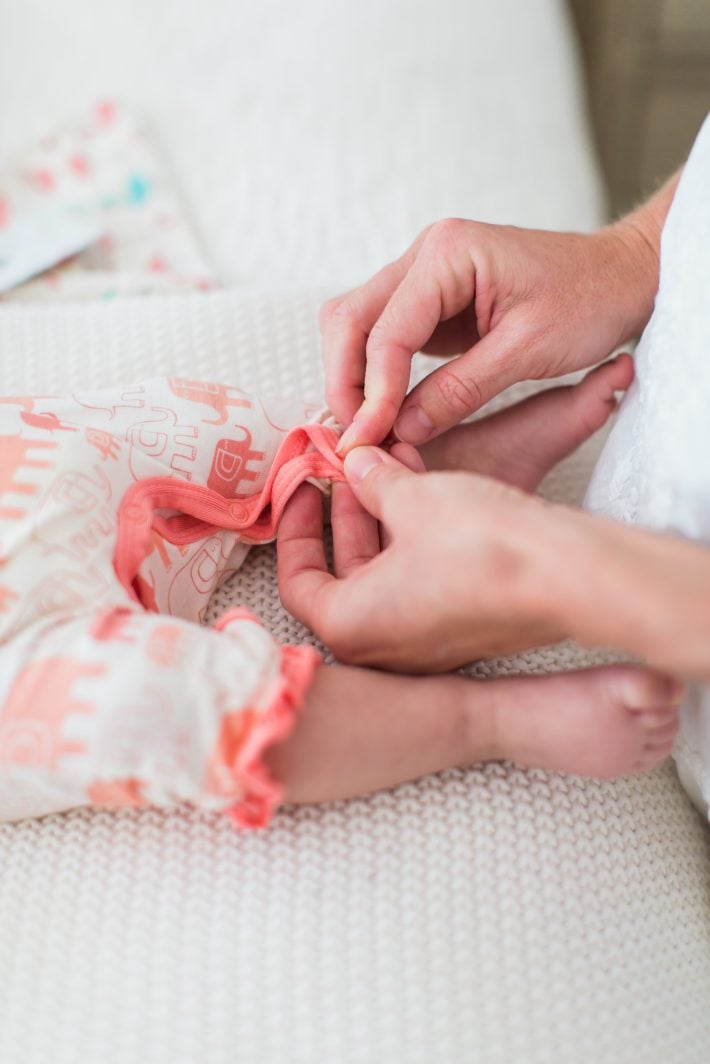
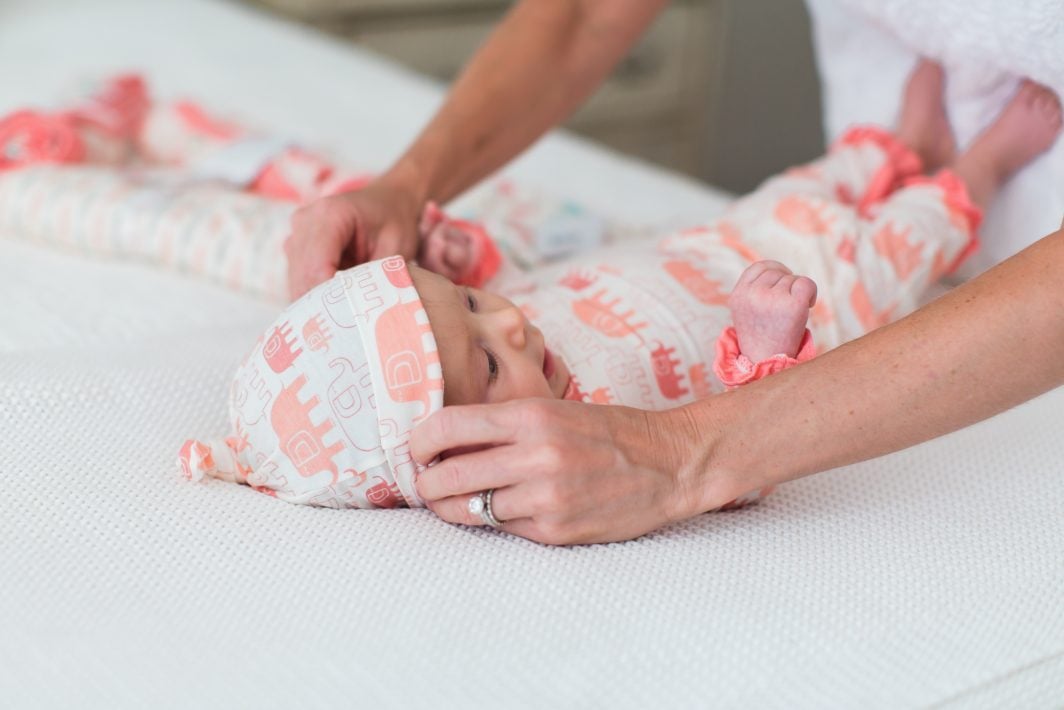


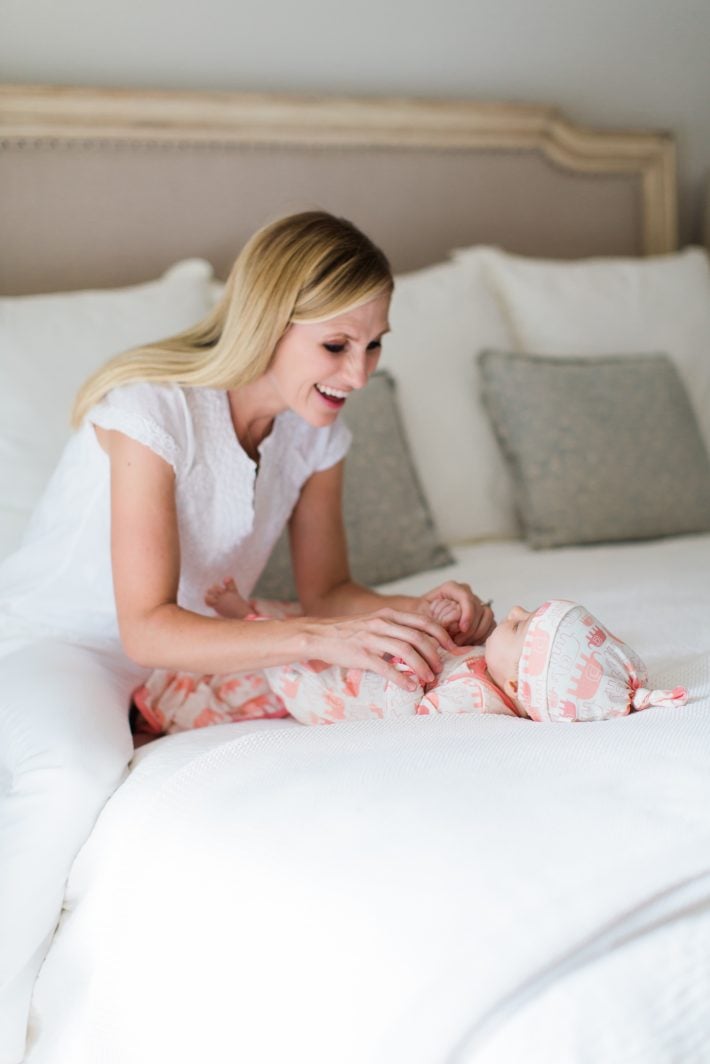
I’ve always been told that children thrive on routines. And according to what I’ve read, routine and consistency are vital to the success of Pantley’s method. Pantley says that implementing a predictable series of calm, pre-bedtime activities–like giving a bath, reading books and singing lullabies–will do wonders to help a child prepare to fall asleep. “The routine creates very strong cues that say it’s time to sleep. It eliminates resistance. They know what comes next, and they’ll follow along naturally,” she says.
I know that I want to develop and implement a nap time and bedtime routine as soon as possible with our son. This will help him recognize and be prepared for what’s to come next in his day. He will definitely know that when he puts on his Bestaroo pajamas he’s ready for a good night’s sleep. 🙂

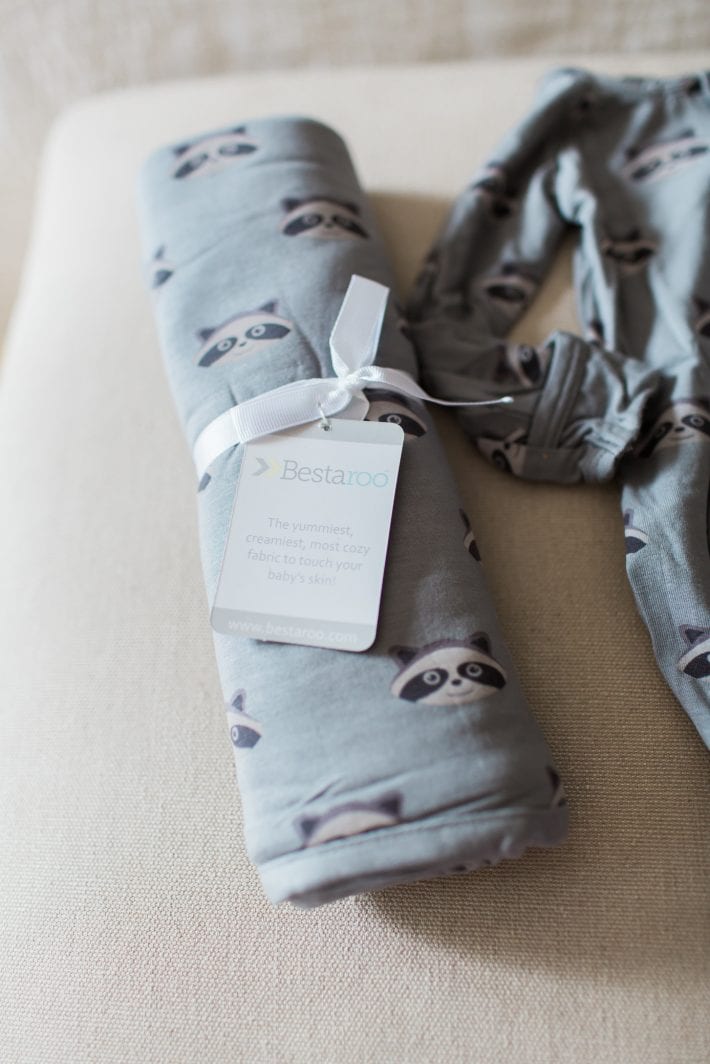







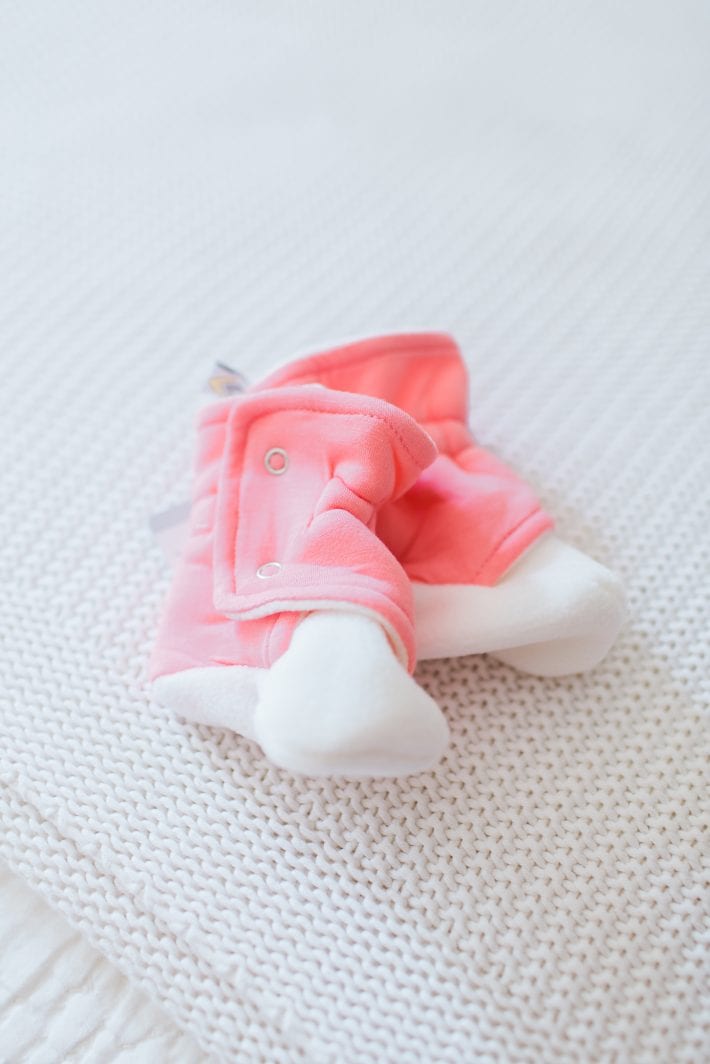




Bestaroo is a fairly new company–less than 2 years old–but has been making amazing strides in their short two years. They manufacture using Lenzing Micro Modal that comes directly from Austria. The raw materials are then sent to Thailand for manufacturing where their owner is from–her hometown. The Lenzing Micro Modal is amazingly soft and they (Lenzing) use a process called Edelweiss to manufacture the raw materials.
I’ve fallen in love with these adorable and ever so soft pajamas and I know that my son will too. I’m so grateful to have found Bestaroo and am thrilled to feature them as our August Product of the Month.





















